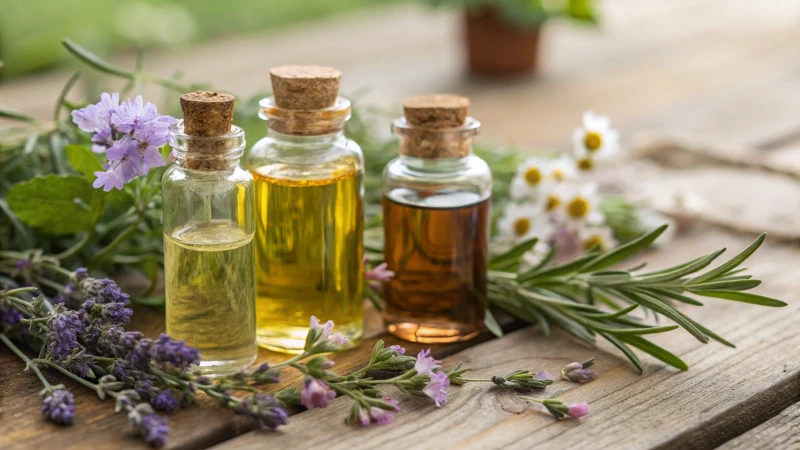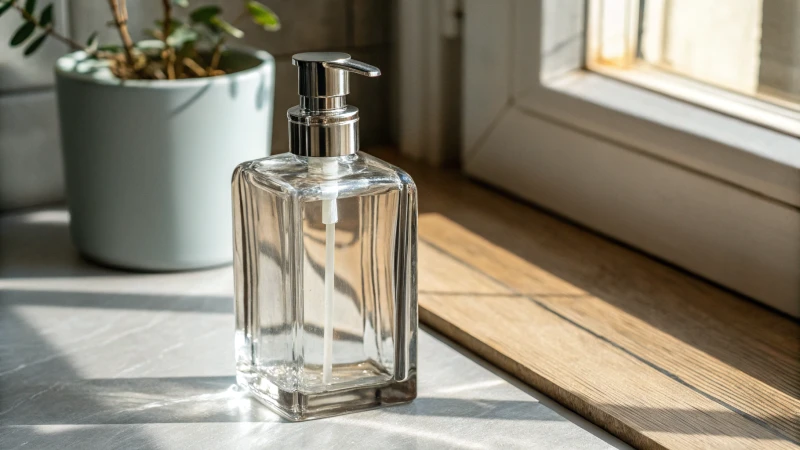How to educate end-users on using glass droppers effectively?

This blog post explores effective strategies for educating end-users on the proper use of glass droppers. It highlights the importance of selecting quality materials, mastering handling techniques, and following maintenance tips to ensure accurate dispensing and prolong the lifespan of droppers. The article also discusses design variations in droppers that affect precision, such as narrow versus wide neck designs, and emphasizes the significance of cultural differences in user education. By tailoring educational content to different audiences—ranging from skincare enthusiasts to laboratory technicians—brands can build trust and improve user experiences with their products.
What are the benefits of glass packaging for aromatherapy products?

Glass packaging offers numerous benefits for aromatherapy products, including preserving the purity of essential oils, enhancing product appeal through creative designs, and supporting sustainability efforts. Its non-reactive properties prevent contamination while protecting against harmful UV rays and temperature fluctuations. Advanced coating technologies further enhance shelf life and visual appeal. Additionally, glass is 100% recyclable, making it an eco-friendly choice that aligns with global sustainability goals. Custom molding allows brands to differentiate themselves in a competitive market by creating unique packaging that resonates with consumers. Overall, glass packaging is not just a container; it’s a vital component in maintaining the integrity and quality of aromatherapy products.
How to design glass bottles for multi-use personal care products?

Designing glass bottles for multi-use personal care products involves balancing versatility, durability, aesthetics, and sustainability. Key strategies include using universal neck sizes for compatibility, selecting robust materials like borosilicate glass, and incorporating aesthetic customizations such as unique shapes and finishes. Additionally, ensuring chemical compatibility with formulations is crucial. User-centric features like ergonomic designs and graduation markings enhance usability. Sustainability practices such as promoting refillable systems and utilizing recyclable materials resonate with eco-conscious consumers. By integrating these considerations into design processes, manufacturers can create appealing packaging that meets consumer demands while minimizing environmental impact.


